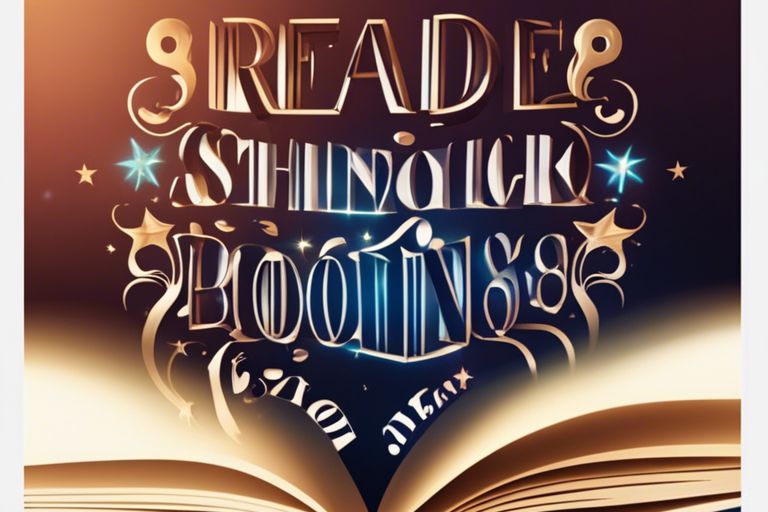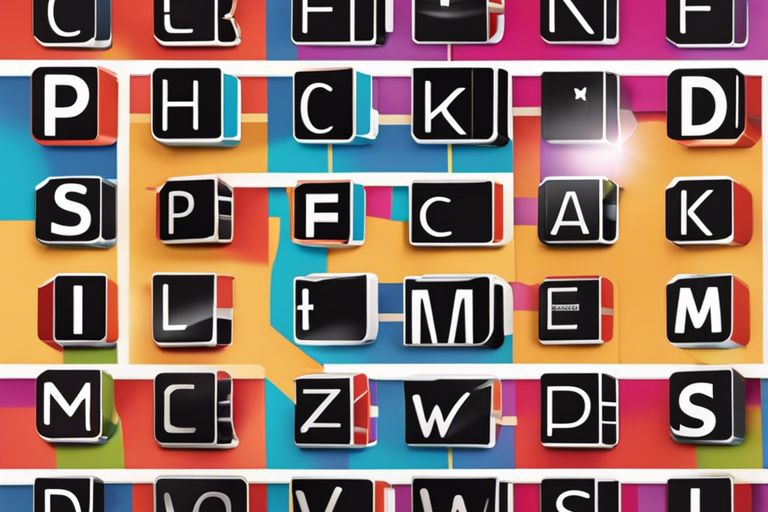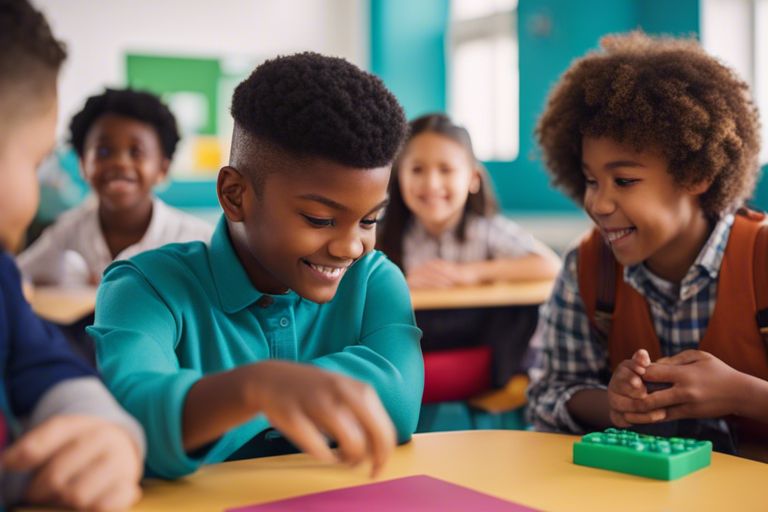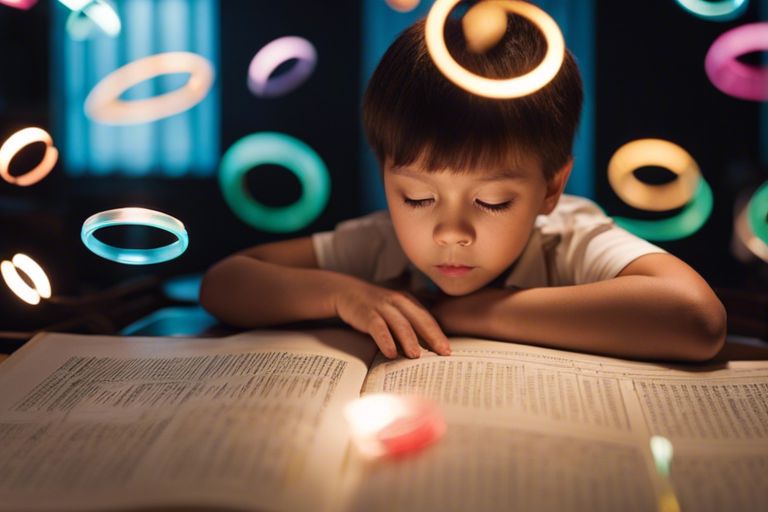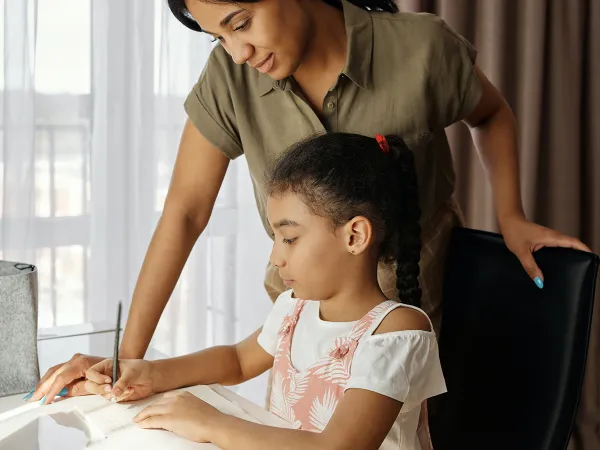Most educators agree that Phonics is a vital skill for young children to develop in their early years of education. Phonics activities for Reception are crucial for laying the foundation for children to become confident readers and writers. Children in Reception can improve their letter recognition, sound recognition, and blending skills by engaging in fun and interactive phonics activities. This blog post will explore practical phonics activities designed explicitly for Reception-aged children to enhance their literacy development and set them up for success in their educational journey.
Key Takeaways:
- Interactive: Phonics activities for Reception should be interactive to engage young learners and make learning enjoyable.
- Multi-sensory: Incorporating senses like sight, sound, and touch in phonics activities can enhance learning and retention.
- Repetition: Practice and repetition are essential in phonics activities for Reception to help children master letter sounds and blending skills.
Understanding Phonics in Reception
The Essence of Phonics in Early Education
For children in Reception, Phonics is the foundation of early literacy skills. It involves teaching children the sounds that letters make, which helps them to decode and read words. Phonics is a crucial aspect of learning to read and write, as it provides children with the tools needed to become confident readers.
Learning Milestones for Phonics in Reception
Essence is known to be, in Reception, children typically begin by learning single letter sounds (e.g. ‘b’ for ‘bat’) before progressing to blending these sounds to read simple words. They also learn common digraphs (two letters representing one sound, e.g. ‘sh’ in ‘ship’) and trigraphs (three letters representing one sound, e.g. ‘igh’ in ‘night’). By the end of Reception, children are expected to be able to blend sounds confidently to read and write simple sentences.
Essential Phonics Skills for Reception
Mastering Letter Recognition
Little learners in Reception need to focus on mastering letter recognition, which forms the basis of phonics learning. Quickly identifying and naming letters is crucial for developing reading and writing skills.
Building Sound Association Mastery
Young students must develop sound association mastery, which involves linking the sounds of letters to their corresponding symbols. Children can strengthen their understanding of how letters represent specific sounds in words through fun and interactive activities.
Skills in recognising the relationship between letters and sounds pave the way for improved reading fluency and spelling accuracy. By mastering these foundational phonics skills early on, children can progress more quickly to blending sounds to form words.
Blending Sounds to Form Words
Blending sounds to form words is a pivotal skill to acquire on the phonics journey. This involves combining individual sounds to pronounce and read whole words. Encouraging children to practice blending sounds helps to enhance their reading abilities and overall literacy development.
Forming words by blending sounds enables children to decode written language more effectively, improving reading comprehension and confidence in tackling unfamiliar words.
Segmenting Words into Individual Sounds
Sounds in Phonics, segmenting words into individual sounds, is a fundamental skill for children in spelling and writing. By breaking down words into their constituent sounds, young learners can better understand the English language’s spelling patterns and phonetic rules.
Building a solid foundation in segmenting words helps children become more proficient in spelling and writing, empowering them to express their thoughts and ideas more accurately through written language.
Developing Phonemic Awareness
Mastery in developing phonemic awareness involves honing the ability to identify and manipulate individual sounds in spoken words. Children can enhance their phonological skills by engaging in activities that focus on phonemes, leading to improved reading and writing skills.
For instance, by practising rhyming, blending, and segmenting activities, children can strengthen their phonemic awareness and develop a deeper understanding of the sound structure of language, setting a solid foundation for future literacy achievements.
Here are some tips to help with Phonics in Reception:
- Start with the basics: Teach your child the alphabet’s letter sounds (phonemes). There are 44 sounds in English, so starting with the most common ones is essential.
- Use songs and rhymes: Singing and reciting rhymes is a fun and engaging way to help children learn Phonics. Look for nursery rhymes that focus on the letter sounds.
- Play phonics games: You can play many with your child, such as “I Spy” or “What’s in the bag?” These games help children to recognise sounds and build their vocabulary.
- Use phonics books: Phonics books are designed to help children learn Phonics in a structured way. Look for books that are age-appropriate and feature simple words and sentences.
- Practise, practise, practise: Phonics is a skill that requires practice. Encourage your child to read and write as much as possible, and give them plenty of opportunities to use their phonics knowledge.
- Remember to keep the learning fun and engaging. With patience and persistence, your child will become a confident reader and writer in no time!
Top Phonics Activities for Home
- Our bestselling literacy game!
- Develops language and literacy skills
- Progressive game with two ways to play

- Build reading spelling and phonics skills with this fun literacy game for up to 4 players where the element of speed pro…
- The sight word flies are colour-coded by phase from the Letters & Sounds programme tricky words are highlighted in bold …
- To play choose a colour-coded phase of sight words or mix them up lay them out where players can see and call out a word…

- 121 PIECES fit into the sturdy cardboard box with a handy handle. Ideal for learning in kindergarten or at home.Includes…
- READING FOR 5 YEARS OLD: Help kids read and enrich their vocabulary with this Skill Builders sound and reading activity …
- Much More: The fun and practical activities of this kit help children learn ething they need to know about the words CVC…

- Wooden Reading Blocks: There are 114 pcs that come in the toy set, containing 58 pcs of wooden lowercase letter blocks, …
- Meet Safety Requirement: The wooden blocks of perfect size for little hands are made of sustainable linden wood, craftin…
- Sensory Tactile Learner: The manipulation of the blocks and matching words to the cards adds fun for kids to work with C…

- Consonant vowel consonant (CVC) word building activity cards can be used for sounding out or identifying sounds in three…
- An image and phoneme color-coding is presented on one side, along with the whole word presented on the back
- Works with the CVC Tub of Tri-blocks (sold separately), which let kids build words and place them on top of the card

- See & Hide Spell – The BOHS literacy wiz game, with its see and hide flap, can play both the see and spell game and the …
- 6-letter Spelling – The spelling tray has 6 pegs, allowing players to spell words ranging from 1 to 6 letters, considera…
- Spelling with Visual Aids – By putting the letter tiles together to form a word, the kid gains an important understandin…

- Sound and Spell is an educational puzzle which improves spelling and letter recognition. This educational Jigsaw Puzzle …
- Learning is fun – Puzzles are a great way to develop fine motor skills, hand eye coordination and stimulate critical thi…
- Learn Phonics- This puzzle is a great way to introduce the letters and sounds that make up words. It enables children to…

- PHONICS LEARNING: 2 sets of uppercase A-Z and 6 sets of lowercase a-z. Perfect tool for EYFS and KS1 children to practic…
- WRITING & DRAWING: comes with double-sided magnetic writing white board, 3 x whiteboard pens (red, black, blue) and 1 x …
- MORE FUN: 2 x exclamation marks and 2 x question marks provided can be used to build up sentence. Find 8 fun games in th…

- Contains 40 magnetic pieces
- Each piece represents a consonant vowel consonant word
- Identify initial, middle or final sounds
- Start Them Young with Word Games: Teach your kids basic letters and words with our phonics games! Make them understand h…
- Write More Ideas on the Board: Our magnetic phonics flash cards are not limited to just 48 pictures and words; you can c…
- Packed with Fun-Filled Activities: Our magnetic board kids will surely love is here to provide hours of entertainment an…

- Learn To Spell | Word games for kids are a fantastically fun way to turn the ABCs into words & the words into sentences….
- Learn To Read | Take word play to new levels, with the best learning toys for 3 4 5 year olds. Experience 4 exciting way…
- Teacher Designed / Parent Approved | With the support of UK teachers, all of our kids spelling games are afforded with t…

- LEARN TO READ: New readers will learn how to read and rhyme with our movable CVC word builder blocks & matching phonics …
- TACTILE EYFS & YEAR 1 LEARNING MATERIAL: Rotating wooden letter blocks create 60+ 3-letter words. Each of the 5 wooden r…
- DESIGNED FOR SELF-CORRECTION & EMPOWERMENT: 30 double-sided CVC flash cards with real-life images = a versatile Montesso…

- Master Their Phonics, Sound Out Words And Vastly Improve Their Reading Skills: 62 flashcards; 4 sorting rings; 480 words…
- Don’t Even Realize They Are Learning How To Read: No eye-rolls or heavy sighs when you pull these out; Fun to use and pl…
- Created And Recommended By Teachers: Level 1 phonics for kindergarten + cvc words blending; Level 2 consonant blends + d…
- 🧩【Educational Flash Cards】– Three-letter words is aid to learn short vowels, contain 20 words flash cards, in total 60 …
- 🧩【Safety for Your Kids】– mierEdu flash cards toddlers are made of safe and sturdy carboard, printed with non-toxic pain…
- 🧩【Innovative Spelling Games】– Follow the phonics rule, mierEdu created this spelling flash cards series. Toddlers need …

- Excellent Sight Word Vocabulary Learning: wooden spelling words game, matching letters puzzle contains 28 double-sided a…
- Spell Alphabet Puzzle: select a few letters to have kids figure things out on their own. Kids can create their own paper…
- Safe ABC Flash Cards: As with all Coogam wooden puzzles, this is well made and durable. BPA free and nontoxic, double-si…

Summing up
Using phonics activities in Reception classes is a highly effective way to introduce young learners to reading and writing. By engaging children in fun and interactive games, songs, and exercises, phonics activities help build a strong foundation in literacy skills. Children can begin to understand how to decode words and improve their reading abilities through the systematic teaching of letter sounds and blending techniques. Additionally, phonics activities encourage students to become confident and independent readers, leading them to academic success. Incorporating various phonics activities into the curriculum ensures that all children can learn in a way that suits their needs, making it a valuable tool for educators. Overall, phonics activities play a crucial role in laying the groundwork for children’s literacy development from an early age.
FAQ
Q: What are phonics activities for Reception?
A: Phonics activities for Reception are engaging and interactive tasks designed to help young children develop their understanding of letter-sound relationships, phonemic awareness, and decoding skills. These activities are crucial for laying the foundation for early reading and writing skills.
Q: Why are phonics activities important for Reception children?
A: Phonics activities are essential for Reception children as they help them build a strong foundation in reading and writing. Children develop crucial skills such as decoding words, recognising letter sounds, and blending sounds to read and write words by engaging in phonics activities. These activities are vital in helping children become confident and fluent readers.
Q: How can parents and teachers support phonics activities for Reception children?
A: Parents and teachers can support phonics activities for Reception children by providing various resources and opportunities for practising phonics skills. This can include using phonics-based games, reading phonics books together, practising letter formation, and encouraging children to sound out words when reading or writing. Consistent practice and encouragement are crucial to helping children master phonics skills.



















